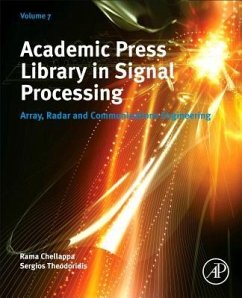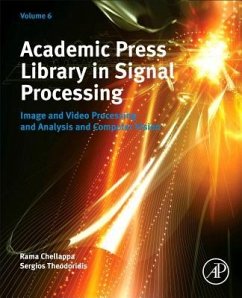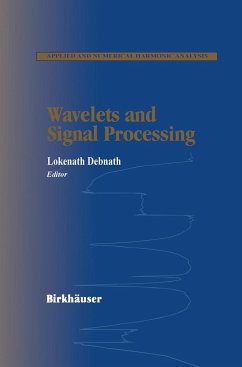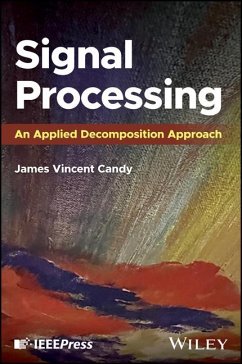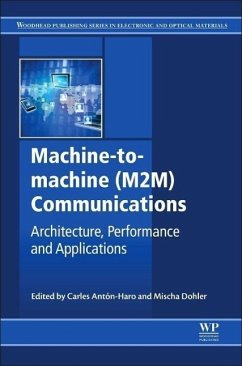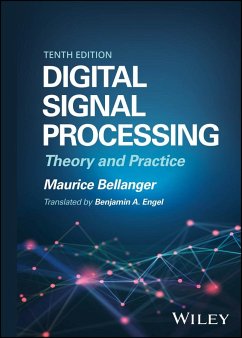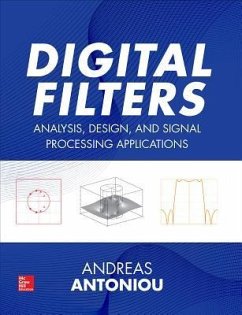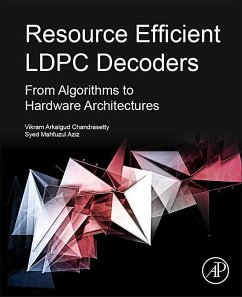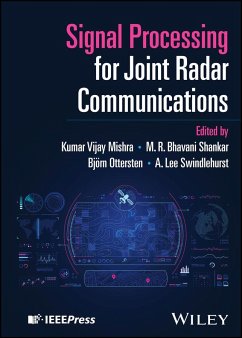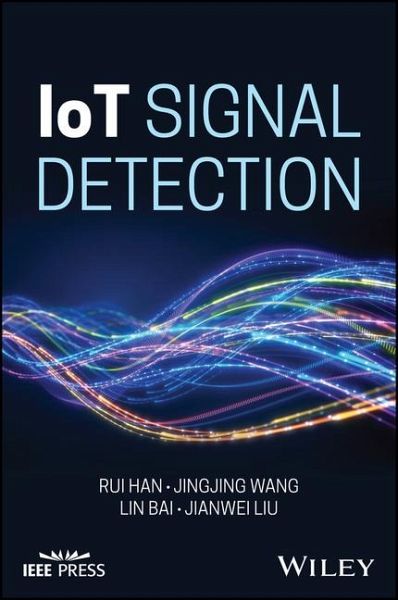
Iot Signal Detection
Versandkostenfrei!
Versandfertig in über 4 Wochen
119,99 €
inkl. MwSt.
Weitere Ausgaben:

PAYBACK Punkte
60 °P sammeln!
Comprehensive reference covering signal detection for random access in IoT systems from the beginner to expert level With a carefully balanced blend of theoretical elements and applications, IoT Signal Detection is an easy-to-follow presentation on signal detection for IoT in terms of device activity detection, sparse signal detection, collided signal detection, round-trip delay estimation, and backscatter signal division, building progressively from basic concepts and important background material up to an advanced understanding of the subject. Various signal detection and estimation techniqu...
Comprehensive reference covering signal detection for random access in IoT systems from the beginner to expert level With a carefully balanced blend of theoretical elements and applications, IoT Signal Detection is an easy-to-follow presentation on signal detection for IoT in terms of device activity detection, sparse signal detection, collided signal detection, round-trip delay estimation, and backscatter signal division, building progressively from basic concepts and important background material up to an advanced understanding of the subject. Various signal detection and estimation techniques are explained, e.g., variational inference algorithm and compressive sensing reconstruction algorithm, and a number of recent research outcomes are included to provide a review of the state of the art in the field. Written by four highly qualified academics, IoT Signal Detection discusses sample topics such as: * ML, ZF, and MMSE detection, Markov chain Monte Carlo-based detection, variational inference-based detection, compressive sensing-based detection * Sparse signal detection for multiple access, covering Bayesian compressive sensing algorithm and structured subspace pursuit algorithm * Collided signal detection for multiple access using automatic modulation classification algorithm, round-trip delay estimation for collided signals * Signal detection for backscatter signals, covering central limited theorem-based detection including detection algorithms, performance analysis, and simulation results * Signal design for multi-cluster coordination, covering successive interference cancellation design, device grouping and power control, and constructive interference-aided multi-cluster coordination With seamless coverage of the subject presented in a linear and easy-to-understand way, IoT Signal Detection is an ideal reference for both graduate students and practicing engineers in wireless communications.




